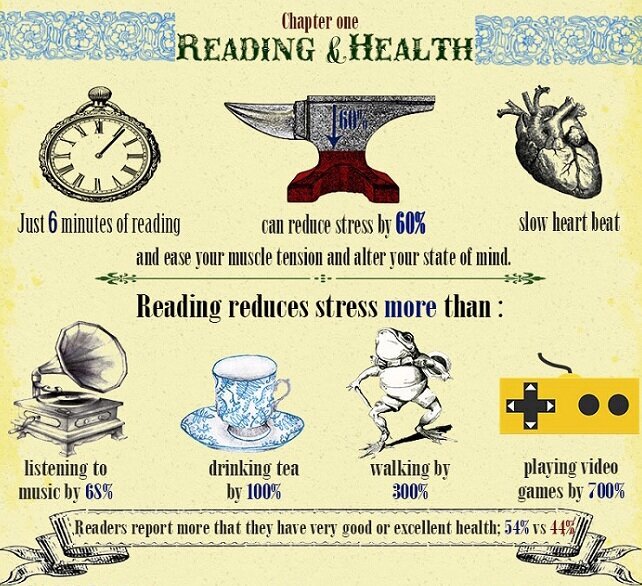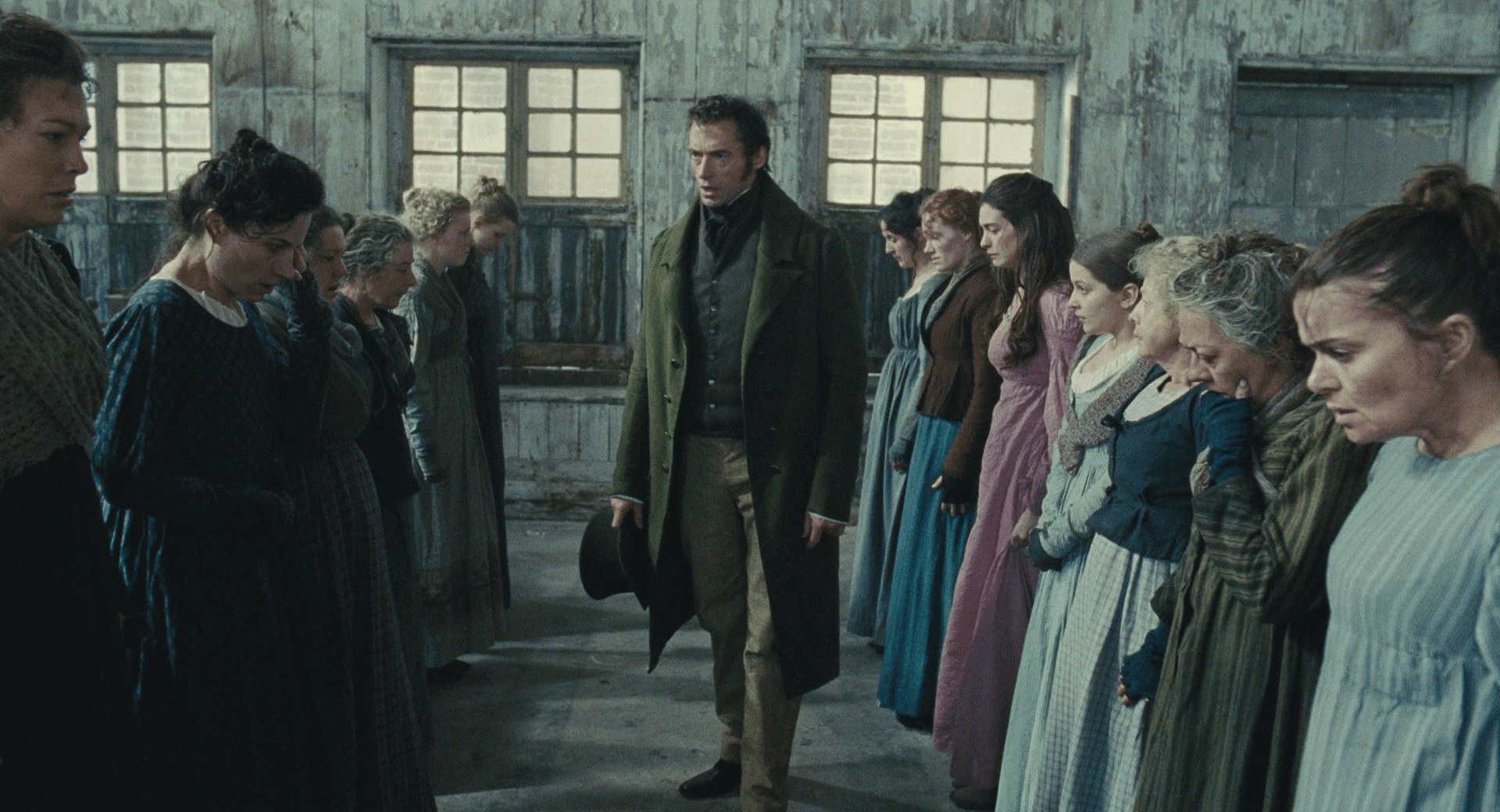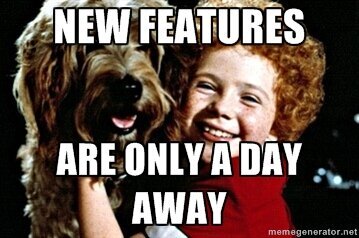What doesn’t kill us, makes us stronger?
Product teams can spend a lot of time running from one project to the next. And that can get depressing. With the immediacy of user feedback, new feature requests and enhancements can become a never-ending list of things to do. No product is ever “done.” For some teams that kind of challenge is exciting because no two weeks are ever exactly the same. For others, it’s frustrating to feel like your work is a drop in the bucket that has little impact on the backlog.
This frustration can impact product managers, user experience professionals and developers equally. Worse, this combined feeling of futility can really drag down a team’s momentum. If software development had rousing musical numbers, the team would be dressed in rags singing “At the End of the Day.” So how can teams combat this millstone? Rather than getting everyone to do a cheesy team-building Buzby Berkely number, as a team leader (whether in title or not) start by taking a deep breath and focus on something other than the immense backlog for at least an hour a day.
Recently Pendo has been talking about the classic book High Output Management by Andrew S. Grove. It’s a little vintage, as in pre-email era vintage, but the principles remain the same. Our CEO, Todd Olson, gave a talk to the Product Austin group last week and spun these concepts into “The High Output Product Manager.” He’ll be elaborating on this talk in future posts and you can listen to the full talk here. But for today, I’ve pulled just one point that can start making a difference right now.
“If you’re not reading for at least an hour a day, you’re probably not doing your job.” -Todd Olson, CEO of Pendo
Use your powers for good
The short version is this: As a product manager you have a lot of influence, and you should use it. Engineering, customer service, user experience and even the C-suite are listening for your thoughts. Your job is to bring your best know-how, your enthusiasm and what you learn, and impart it to others within your company, or at the very least your team. It’s easy to get caught up in your own secluded bubble of development. But for an hour a day, it’s worth it to squirrel yourself away and read something that is not a list of requirements or user stories.

Want some practical proof that this reading thing actually helps you make better decisions? Warren Buffet and Charlie Munger are huge proponents of reading.
“Neither Warren nor I is smart enough to make the decisions with no time to think,” Munger once told a reporter. “We make actual decisions very rapidly, but that’s because we’ve spent so much time preparing ourselves by quietly sitting and reading and thinking.”
Here are a few gems you can choose to bring yourself back from the brink of software development despair. Let us know if you have other books that inspire you.
High Output Management by Andrew S. Grove
As I’ve already mentioned, this book has crossed our desks within the last few weeks. It’s a good one, and not just for the nostalgia of a work-world without the constant barrage of emails. Grove brings a few common sense points to light that product teams might easily overlook, like the importance of one-on-ones with your team and wickedly guarding your time. Managing priorities rather than minutes on the clock will leverage your high impact tasks and can help you make the most of your time. While this book rates high on the “business-y” scale, taken one chapter at a time it’s a digestible read.
We Are All Weird by Seth Godin
Product managers have a set group of users (or personas) they target with their applications. Good teams can avoid the trap of building something that “everyone” can use like some kind of mass-market Wonderbread. Godin argues that consumers today want a unique experience tailored just for them. This slim volume at 103 pages is an easy read of tidbits and not structured chapters so you can start and stop at will.
Originals: How Non-conformists Moved The World by Adam Grant
Originals may be just what you need to jump start your team out of creative lethargy. It highlights (with some great examples) that knowing how and when to express originality can free your ideas and the ideas of others. These are lessons best shared and not kept to yourself. Expressing something radically different within a group can be intimidating and that often results in good ideas being silenced by “groupthink.” We don’t want to think we behave like lemmings, but sometimes we do because accepting the “new” can be pretty darn uncomfortable. (Think of how badly you wanted to fit in at high school and multiply it 10x.) Grant’s writing can help break that cycle. You can even take the quiz on his website to see what you’ve learned.
Being a leader doesn’t mean you have to run from one meeting to the next. Good leaders take time to learn and actually think. Reading something new every day, whether it’s a book, blog or article, is a great way to remove yourself from the daily grind and bring in something fresh. The books listed above are all business books but they’re not boring or dense. Still feels too much like work? Then listen to a TedTalk, or a podcast. It doesn’t always have to be about product management, user onboarding, or customer acquisition, but it should challenge you to think in a new way and not just reinforce what you think you already know. And if you want to break out into song and dance about your software team’s new attitude, tweet us the video @pendoio and I’ll send you a free tee shirt. Bonus points for singing “Tomorrow” from Annie. Don’t forget to subscribe to the Pendo Blog for more product management and user experience updates throughout the week.






